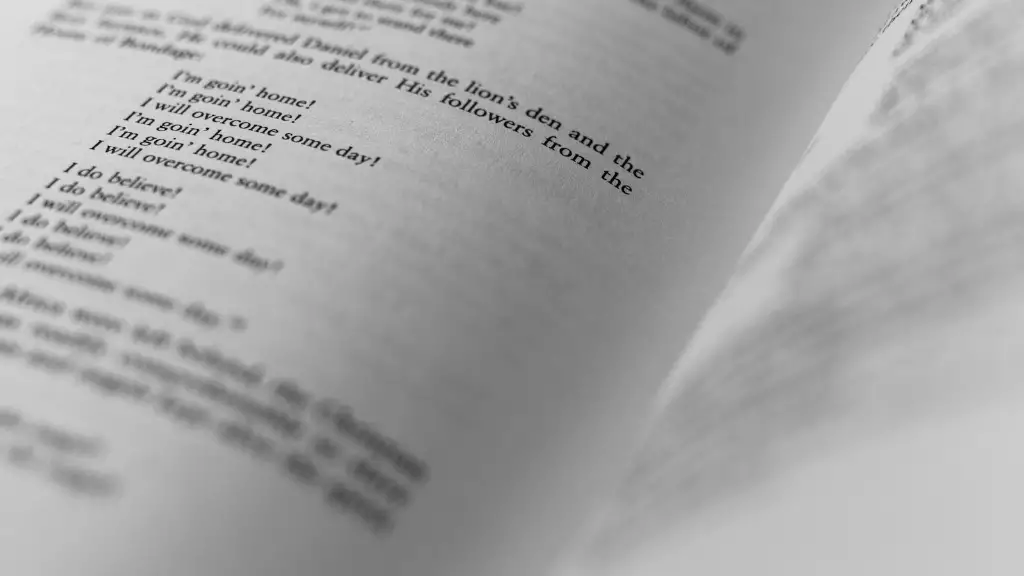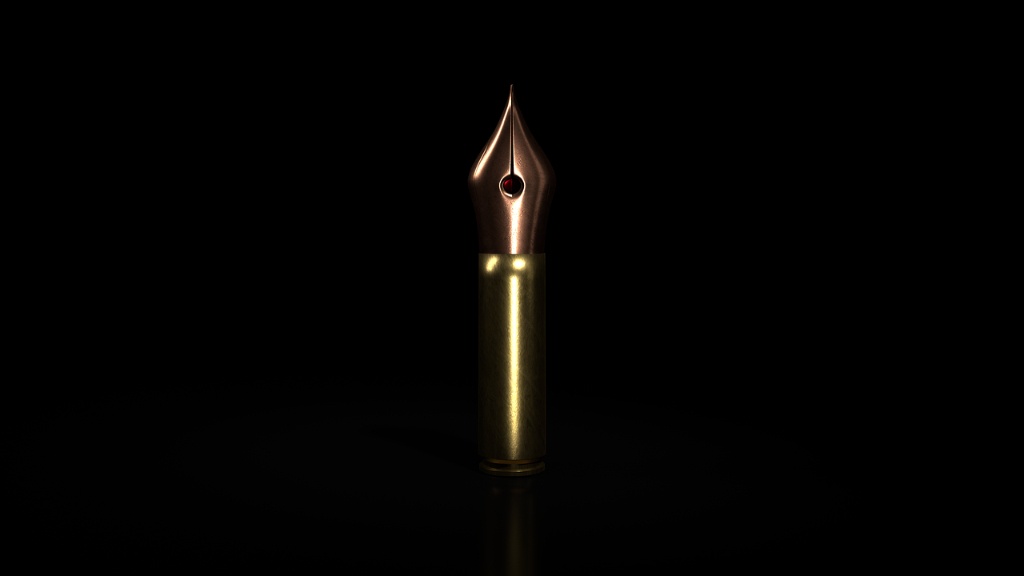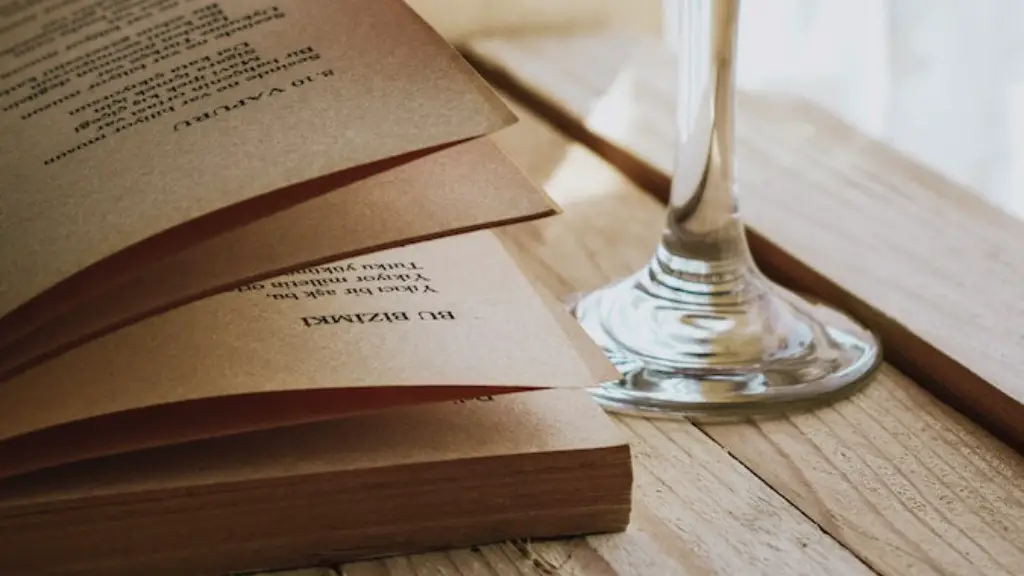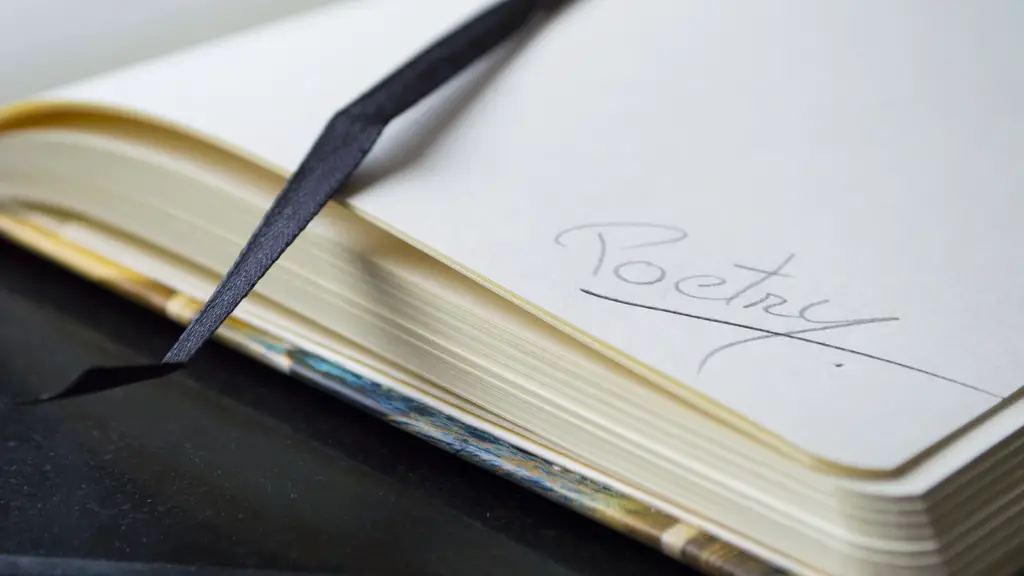What is the definition of apostrophe in poetry? An apostrophe is a literary device used to create a dramatic pause, show a shift in emotion, or emphasize a point. It is a rhetorical device used to ask a question, make a request, or address a person or object that is not literally present. An apostrophe is often spoken with a raised tone or intensity and is typically found in highly expressive works.
An apostrophe is a figure of speech which is used to directly address or call attention to a person, place, God, idea, or object. More often than not, it is used to personify something that is not actually human or present during the moment of address, for instance, addressing the ocean in a poem, or speaking as if a sun were to answer a question. It is a tool over-used by poets and writers in a bid to draw more attention to their works.
An apostrophe typically crops up in poetry and can be used to capture a variety of different tones, such as admiration, accusation, exasperation, or solemnity. It is usually used to show a kind of pointed emotion and emphasis in one line, in order to emphasize a particular phrase or detail and draw the reader’s attention. Poets also use it to create a pause and create a dramatic effect, arousing a sense of theatre. They also use it to transfer the poem’s subject from a sensible object to a personified one, thereby increasing the emotional impact of the piece and imbuing it with a more personal quality.
Apostrophe is used, in addition to personifying non-human things, to address an absent person or even an abstract concept, or an allusion or metaphor within a text. Commonly, it is seen as a device used to represent a dead person or a past experience or event. The personified thing addressed by the apostrophe need not always be real; it could even be an object or dead set of objects. It can also be used to refer to what is different, unfamiliar and new. The poet may be trying to engage the reader in a dialogue and evoke a complex set of feelings and reactions.
The use of apostrophe in poetry rendered it widely popular in the early and mid 19th century. It was widely used by famous poets to give their poems an added layer of emotion and a sense of life, in some cases to impart a message to the audience. For instance, Robert Browning’s poem “Childe Roland to the Dark Tower Came” is an example of an apostrophe to something that is not physically present. The poem is famous for its use of apostrophe to the castle, which is alluded to throughout the poem.
Ultimately, the use of apostrophe in poetry allows the poet to address a person or object that is not physically present. This can be used to create a dramatic pause, show a shift in emotion, or emphasize a point to draw attention to a particular element of the poem. It can also be used to vividly render a moment, in which the poet speaks from the depths of their emotions, enthralling and engaging the reader in a unique and powerful way.
Characteristics of Apostrophe
In the context of poetry, apostrophes are usually used to emphasize a point or to evoke a strong emotion in a piece of work. There are five distinct characteristics of apostrophe which differentiate it from regular speech. They include:
- Apostrophes are always used for the purpose of addressing someone or something absent or dead. For example, a poet may address the sea or the trees.
- An apostrophe includes a unique syntactic format or structure, creating a noticeable pause. Depending on the type of poem, the apostrophe will have a specific cadence or rhythm.
- The tone of an apostrophe is usually intense and urgent, and carries a greater level of emotion than standard speech. This can be used to create a dramatic effect and arouse strong feelings in the reader.
- The use of an apostrophe often creates an element of surprise, as the person being addressed is not physically present. The reader must rely on the poet’s imagination to fill in the blanks.
- An apostrophe can be used to personify an object or idea in order to add depth and complexity to a poem.
Examples of Apostrophe in Poetry
A few examples of apostrophe in poetry include:
- In Lord Byron’s “She Walks In Beauty”, he uses an apostrophe to directly address the night sky. He writes: “And all that’s best of dark and bright/ Meet in her aspect and her eyes.”
- In Emily Dickinson’s “I Cannot Live With You”, she uses an apostrophe to address the sea. She writes: “The Sea did stagger like a drunkard/ O’er the world’s ancient girdle.”
- In Walt Whitman’s “Song of Myself”, he uses an apostrophe to address the trees and birds. He writes: “The little voice of the white flax/ Talking to me everywhere.”
- In Robert Browning’s “Childe Roland To The Dark Tower Came”, he uses an apostrophe to address the Dark Tower. He writes: “And ever mounting, up the crags/ Of brokenciT”
Pros and Cons of Using Apostrophes in Poetry
Apostrophes have some benefits that a poet can use to enhance the impact of their work. They can make moments feel more vivid and immediate, demanding a response from the reader. Apostrophes can also characterize the speaker and add an extra layer of emotion to an already powerful poem. Additionally, they can be used to create a pause and bring out a certain detail. On the other hand, over-use of apostrophe can lead to a monotonous tone and feel in a poem and can even make it confusing for the reader.
Types of Apostrophes
There are several varieties of apostrophes found in poetry, each with its own specific impact on a poem. The most commonly used types of apostrophes are:
- Personification: Personification is when an inanimate object or idea is given human attributes and characteristics. This is often used to make an emotional connection between the speaker and the notional entity being addressed.
- Direct Address: Direct address is when a poet addresses a person, place, or thing directly, often in a conversational way.
- Addressing the Imaginary: This type of apostrophe is when a poet speaks to a fictional character or imaginary being.
- Addressing the Dead: Addressing the dead is when a poet speaks to a deceased person directly.
- Addressing the Artist: Sometimes, poets use an apostrophe to speak to the artist or the audience.
Apostrophe used in Pop Culture
Apostrophe is a powerful device that can be used to express emotion in an engaging way, and it is no wonder that it has been used in popular culture. Some of the most notable examples include:
- In the classic musical, “Les Miserables”, the poet Javert uses an apostrophe to address the heavens in his song “Stars”.
- The hit song “I Will Always Love You” by Whitney Houston is an example of an apostrophe. In the song, Houston is speaking directly to her love, saying that they will always have each other’s hearts.
- In the animated film, “Toy Story 3”, the character, Andy, uses an apostrophe to address his toys. He bids goodbye to the toys, saying that he does not need them anymore.
- In the popular video game, “The Last Of Us Part 2”, the protagonist Ellie uses an apostrophe to cry out for vengeance in the song “Through The Valley”.
- In the TV show “Game of Thrones”, the character Arya Stark uses an apostrophe to speak to death in the song “Is That Why You Follow?”.
Conclusion
In conclusion, an apostrophe is a rhetorical device which is used to create a dramatic pause and show a shift in emotion. It is often used in poetry to address someone or something that is not physically present, with the aim of creating a vivid image and evoking a strong emotion in the reader. Although it can be used too much and can cause confusion or monotony, when used correctly an apostrophe can add an extra depth of emotion and detail to a poem, allowing the reader to engage with the work on a more personal level.



